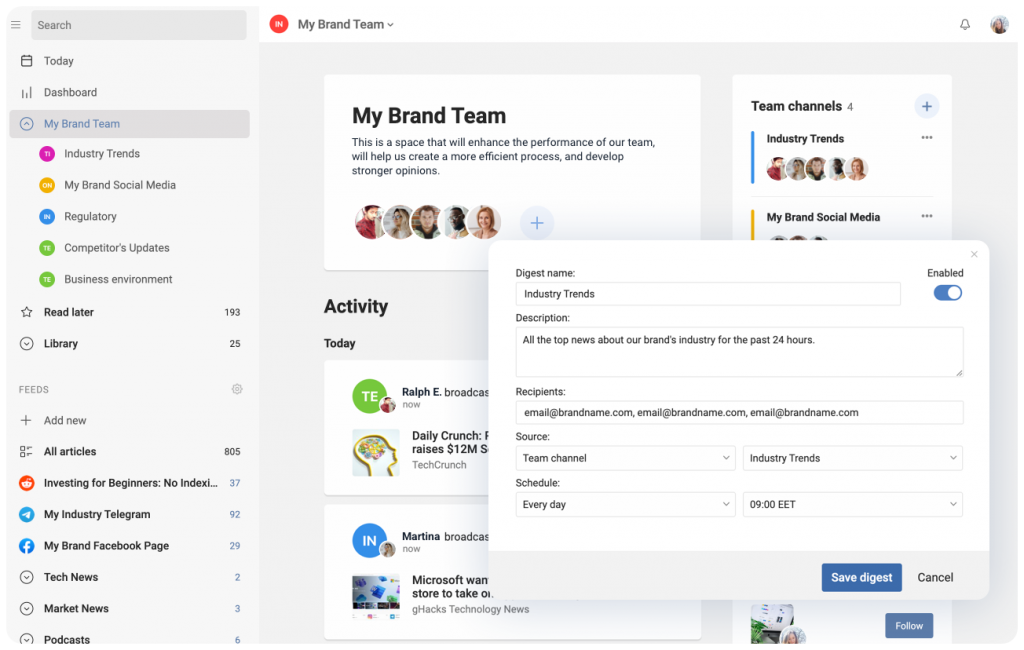
There are lots of cool features that can be done using channels, but the basics are all you really need to get started. Channels can be made public (so any team member can join and participate) or private (so you must be invited to join.) Note the lock icon next to the “clockwork” channel, indicating that it is a private channel that requires an invitation. Team members can join and leave channels as needed. Slack lets you create “channels” that can be organized by team, project, topic, or whatever else is relevant to you. The small white “dot” on their logo alerts me that there is a new message in that workspace, and clicking on their logo allows me to quickly switch between these two workspaces. SMPS is a business networking organization I belong to that also uses Slack, and I am able to Slack with those members as well as my own team. Note the SMPS logo in the upper-left, and the Clockwork gear above that. In the screen above, I show the typical Slack window with a thread in the “clockwork” channel of my firm’s workspace. Like texting, it allows you to “direct message” with people in your organization (or anyone on Slack that you add.) Messaging lets you have immediate “conversations” with people, one-on-one or in groups.

The most basic functionality of Slack is messaging. Read on for a quick overview of how Slack can help your firm work remotely.

Although I do not usually pitch software, my firm has found Slack so useful, especially in the past few weeks, that I want to share the benefits in the hope that you will find it beneficial as well. Finding a quick, simple way to help your people do just that can be extremely helpful right now. Many professional service firms are unused to working remotely.


 0 kommentar(er)
0 kommentar(er)
